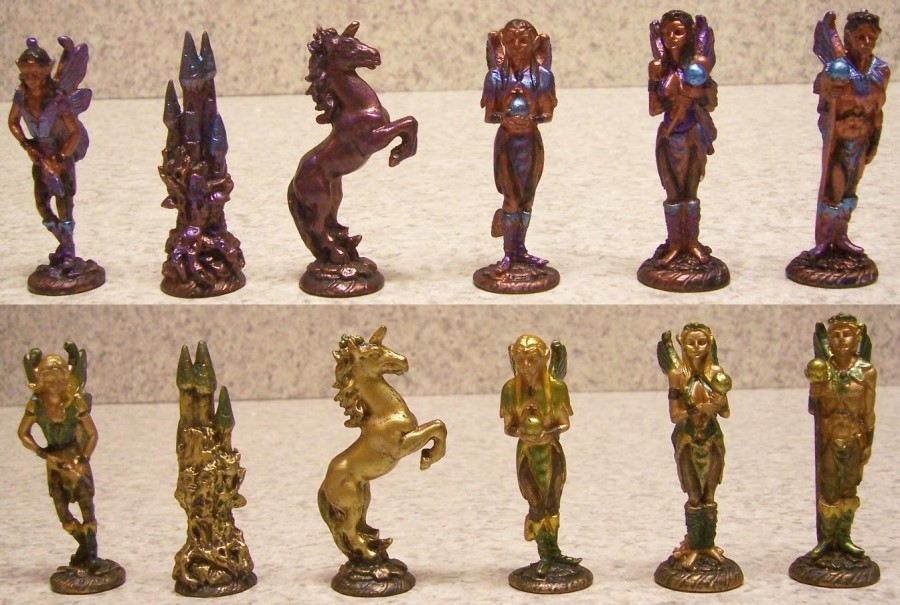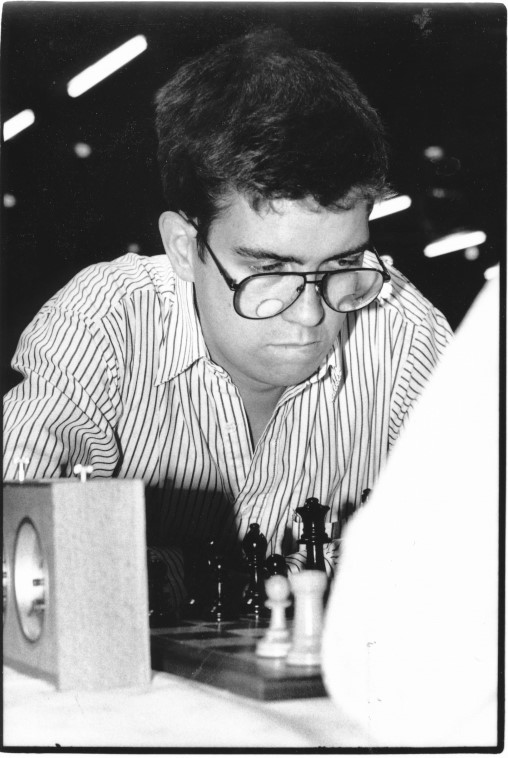


[Note that Jon Speelman also looks at the content of the article in video format, here embedded at the end of the article.]
One of the prerequisites for playing chess well is to have a decent feel for the geometry of the board. If you name any square then a strong player will know in their mind’s eye exactly where it is, what colour and what pieces might sit well there: for example, b2 screams dark-squared bishop on the long diagonal; f5 (or less often e6), a dominant white knight harassing the enemy king.
We also instinctively and explicitly know the limitations of pieces. For instance, that a knight takes an age to move just two squares diagonally — four moves. This is crucial in many lines of the Sicilian when Black has played ...e5. You often then want to reposition a knight from b3 or f3 to d5, but it takes four moves and White will have to work very hard to keep control in the interim.
All tactical themes are rooted in geometry. In order to pin or skewer, the pieces have to be on the same rank or file, or diagonal. While if two pieces are to fall victim to a knight fork then they have to be two squares away from each other on a knight’s path. Though that’s not how I (or, I imagine, other strong players) actually perceive it, I just instinctively “know” that there may be a fork.
 As the only “leaper” in the normal game of chess (there are many fairy-chess pieces which leap), the 2,1 (square root of five) leaper which we call the knight has another interesting property — it changes colour every move.
As the only “leaper” in the normal game of chess (there are many fairy-chess pieces which leap), the 2,1 (square root of five) leaper which we call the knight has another interesting property — it changes colour every move.
Indeed, any leaper will either change colour every move or stay on the same colour throughout. For instance, the 3,1 leaper which moves the square root of 10 (sq (3*3 + 1*1) by Pythagoras’ theorem) and is apparently called a Camel always stays on the same colour square, moving for example from a1 to either d2 or b4.
Today we explore the geometry of the board through a somewhat unusual theme — the staircase. This arises when a queen (and we also have an unusual example of a king) walks along a “staircase” improving its position while keeping control. I was reminded of it by a study which the late great Yuri Averbakh apparently liked to show people, and mused one morning on whether I could extend it.
I was under no illusion that people hadn’t done this before, but came up with a fairly decent version before showing it to John Nunn and Jonathan Mestel. John pointed me in the direction of a beautiful study by Ernest Posyants, which is infinitely better than what I came up with (it has three staircases rather than a mere two). Years ago Jonathan had pointed out a staircase at the end of one of my games after I chose a perfectly deadly but much more prosaic finish, and I’ve appended that too for eight staircases in total.
The stairwell is not, of course, a chess term, but it seemed reasonable to (mis)appropriate it to describe the space in-between, and I’ve added a couple of Novotny interferences in which a piece lands with deadly effect on the intersection of two lines.
 Last weekend, my Bundesliga team Munich 1836 faced the mighty Baden-Baden and lost, but by the tremendously credible margin of just 3½-4½. I still haven’t summoned the energy since the end of lockdown to face an airport, but two Englishmen did play for us, with Gawain Jones drawing on top board against Paco Vallejo, while on bottom board Will Watson played Georg Meier.
Last weekend, my Bundesliga team Munich 1836 faced the mighty Baden-Baden and lost, but by the tremendously credible margin of just 3½-4½. I still haven’t summoned the energy since the end of lockdown to face an airport, but two Englishmen did play for us, with Gawain Jones drawing on top board against Paco Vallejo, while on bottom board Will Watson played Georg Meier.
Many years ago, Will was my second at the Interzonal and the Candidates in Saint John, New Brunswick, but he’s long since moved on to become a very successful commercial lawyer. He has a very vigorous playing style, which Boris Spassky once memorably described as being like “a drunk with a machine gun” — and when Meier took too little heed of the inebriated soldier he was gunned down.
Select an entry from the list to switch between games
| Advertising |